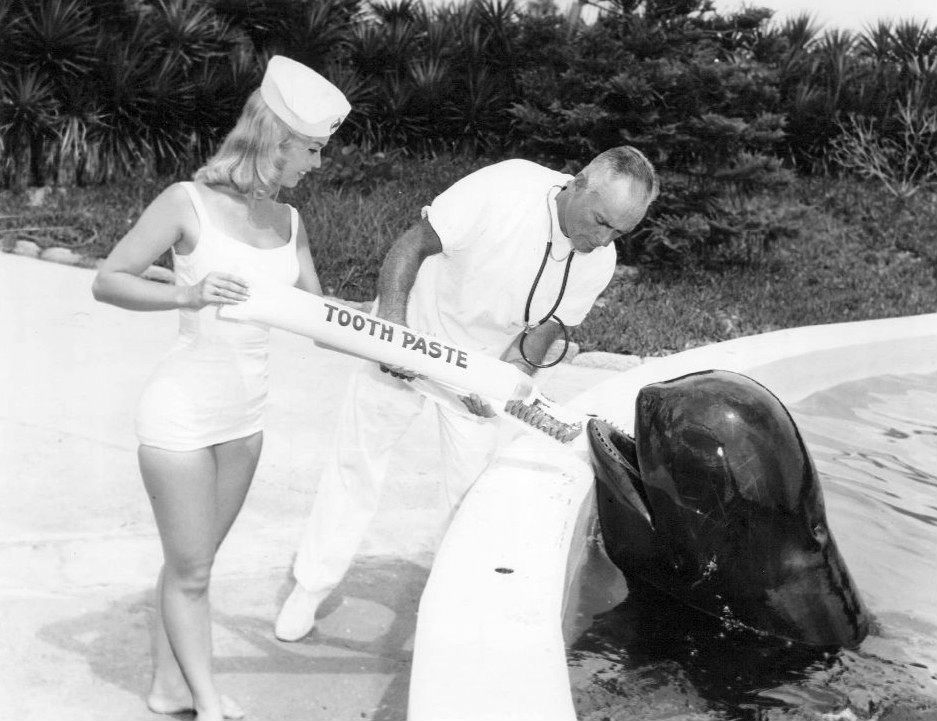In 1818, a New York City jury declared that whales were fish. The case concerned the inspection and taxation of fish oil and whether whale oil should be so considered. It didn’t matter that whales were technically mammals and that the defense’s expert witness, a professor of Natural History and Chemistry at Columbia, said “the whale is no more a fish than a man.”
Since then, there has been a revolution in the perception of whales and other cetaceans. The ocean’s mammals may be charismatic, the celebrities of the natural world that we deem appealing and hence worth preserving. About fish, however, the same cannot be said. Are they even wildlife at all?
Lissa Wadewitz examines why the question matters. “Historically, the American public has generally valued fish for their edibility, recreational potential, and commercial worth, not for their appearance, intelligence, or scientific significance,” she points out. “These historical preferences had had very real ramifications for animal conservation efforts.”
One example is salmon, not a one of which was ever called “Willy, Keiko, or Flipper”: critical delays in conservation efforts in the early twentieth century helped usher in the withering away of wild salmon populations. (Most commercial salmon today is farmed.) “Anadromous and oceangoing species in particular have suffered due to their physical and psychological distance from human beings.”

As Wadewitz notes, it’s difficult anthropomorphize and/or individuate fish. They’re definitely not cute pandas, majestic eagles, or swift cheetahs. Most people have never seen them in their native habitat. For ocean fish, that habitat was once thought illimitable: fish were so numerous that you could walk over them and dip your net into them forever, so why bother thinking or caring about them too much?
Weekly Digest
Wadewitz points to the first water theme park, Marinelands of Florida (1938), as cultural reinforcement of the neglect of fish. Marinelands set the wet stage for displaying sea-going mammals that could be exploited for entertainment purposes. Animals that “mimic human behaviors or perform impressive tricks” got the nod as worthy of our attention. The other residents of water? Not so much.
But the environmental movement, and especially the Endangered Species Act of 1973, have gone a long way to changing people’s minds. Wadewitz concludes, “a deeper understanding of ecology has translated into broad appreciation and more protections for diverse species,” including fish.







